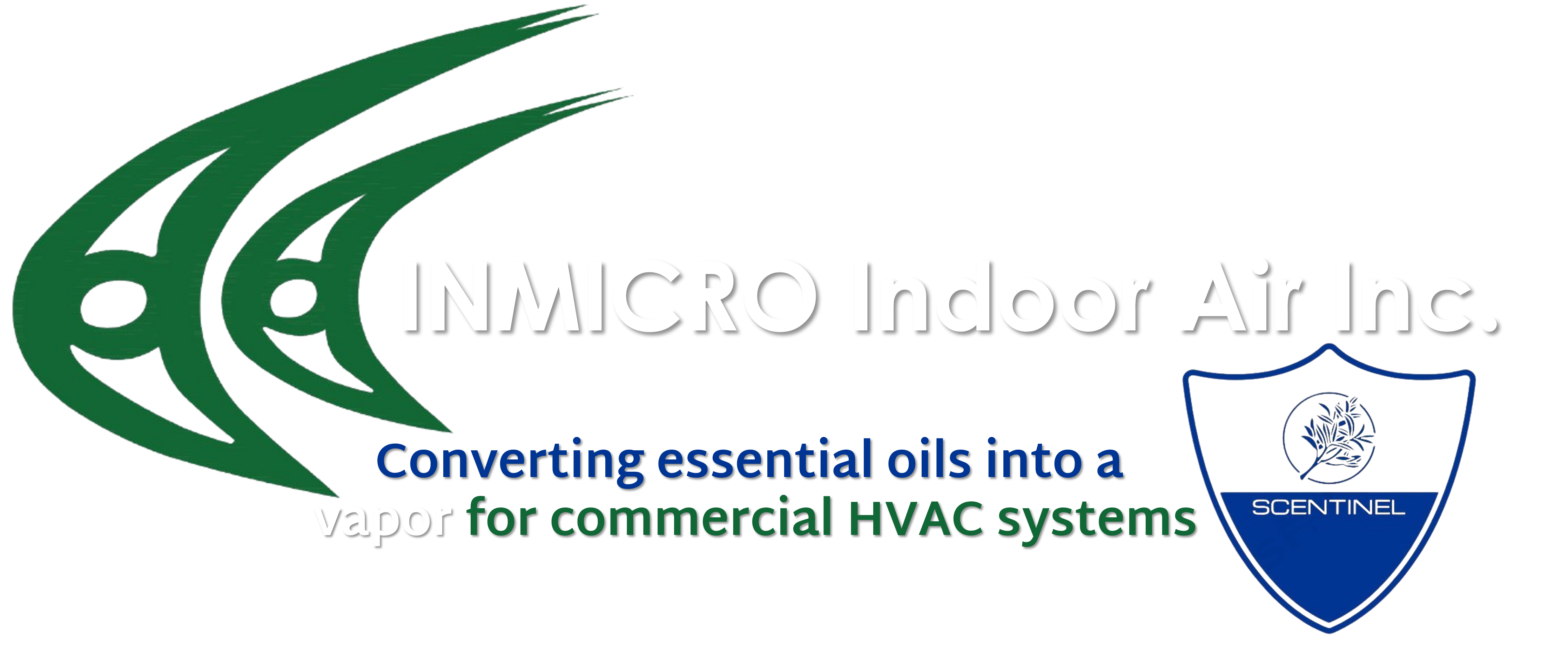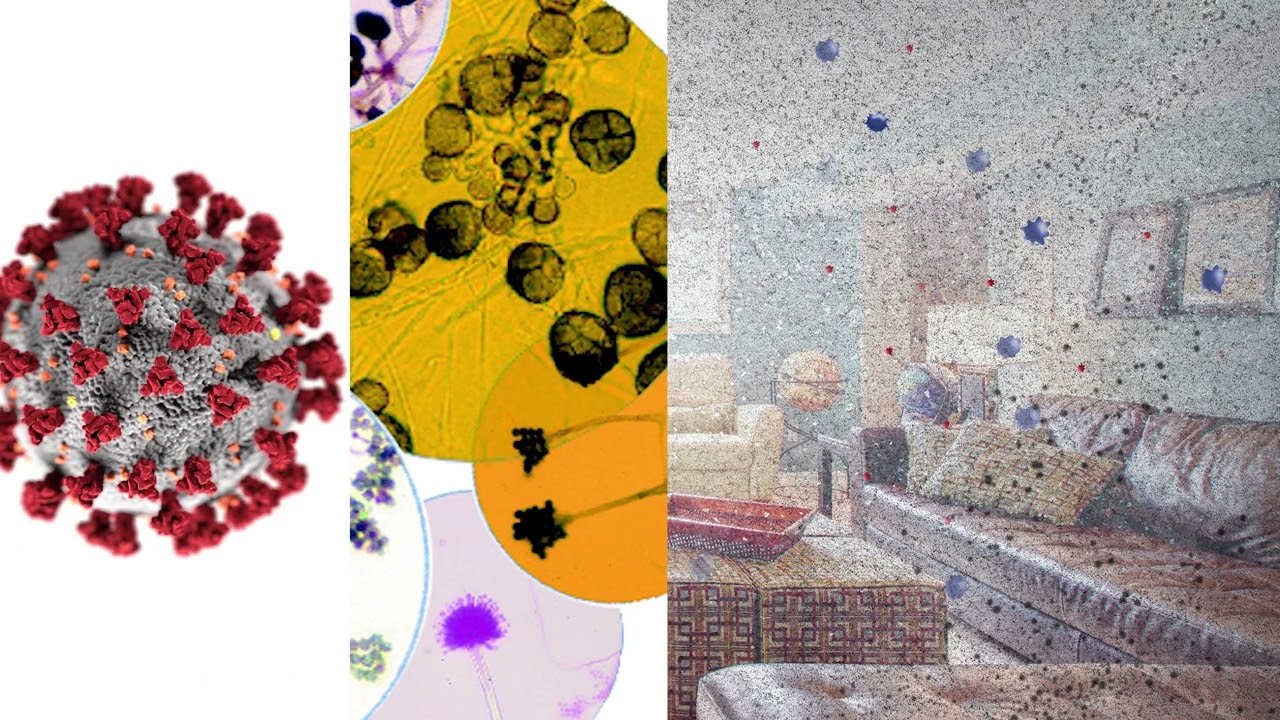Recent advancements in indoor particle tracking technology have highlighted a significant gap in current approved air disinfection strategies. As research on airborne pathogen transmission evolves, it's becoming evident that traditional approaches—like HVAC filtration HEPA and UV-C lighting—are insufficient for effectively reducing airborne pathogens in real-time, especially in complex, occupied indoor environments.
Particle tracking data confirms that pathogens such as viruses and bacteria can remain suspended in the air for extended periods, far exceeding the reach of passive air systems. HVAC filters rely on air recirculation, which delays removal, and UV lights only disinfect surfaces within direct line of sight, leaving many areas untouched.
EPA-Verified Effectiveness of Chemical Air Sanitizers
In a 2021 study conducted by the U.S. Environmental Protection Agency (EPA) in a 3,000 square-foot test chamber, a chemical air sanitizer introduced prior to occupancy achieved a 3-log (99.9%) reduction in airborne microbes within 90 minutes. This approach showed far greater efficacy than traditional filtration or UV methods, offering a scalable and proactive defense against indoor pathogens.
Why Chemical Air Sanitizers Work Better?
Unlike HVAC filters, which passively collects particles as they pass through ducts, or UV lights that disinfect only in their immediate field in specified contact time, chemical air sanitizers are dispersed throughout the room and contact pathogens both in the air and on exposed surfaces. This comprehensive coverage is critical for reducing risk in dynamic indoor settings with constant air movement.
A particularly promising agent is Thyme oil Vapor, a natural, plant-based compound recognized by the EPA and USDA for its antimicrobial properties. It provides a continuous sanitizing effect that's safe for use while the space is occupied, avoiding the health hazard linked with harsher disinfectants or ozone-based systems.
Additionally, the safety of Thyme oil vapor in real-world use is supported by toxicological evaluations showing no significant risk to humans at recommended concentrations.
Toward a new standard in indoor air protection
As building managers, employers, and healthcare institutions look for more effective ways to ensure indoor air safety, chemical air sanitization offers a validated, proactive approach. Particle tracking and EPA-backed studies suggest that these solutions outperform legacy systems when it comes speed, coverage, and real-world effectiveness.
For those seeking to raise the bar on indoor air quality-whether in offices, classrooms, or conference rooms-Thyme oil vapor-based air sanitizes represent a safe, science-backed path forward in creating cleaner, healthier indoor environments.
REFErences (summary list):
1. Morawska, L., et al. (2020). Environment International, 142, 105832.
2. Buonanno, M., et al. (2020). Scientific Reports, 10, 10285.
3. U.S. EPA (2021). Air cleaning study in 3,000 ft² chamber.
4. Kowalski, W. J. (2011). Hospital Airborne Infection Control.
5. Mancianti, F et al. (2012). Journal of Essential Oil Research, 24(5), 443–449.
6. Tisserand, R., & Young, R. (2014). Essential Oil Safety.
Let us know if you’d like this formatted into a downloadable PDF, adapted for a specific audience (e.g.,
facility managers, school administrators), or turned into a slide deck.
Footnotes
1. Morawska, L., et al. (2020). How can airborne transmission of COVID-19 indoors be
minimised? Environment International, 142,
105832. https://doi.org/10.1016/j.envint.2020.105832
2. Buonanno, M., et al. (2020). Far-UVC light (222 nm) efficiently and safely inactivates airborne
human coronaviruses. cientific Reports, 10, 10285. https://doi.org/10.1038/s41598-020-67211
3. U.S. Environmental Protection Agency. (2021). Evaluation of air cleaning technologies in a
3,000 ft² test chamber. [Internal research summary – FOIA accessible]
4. Kowalski, W. J. (2011). (2011). Hospital Airborne Infection Control. CRC Press.
5. Mancianti, F et al. (2012). Antimicrobial properties of Thymus vulgaris essential oil against
fungal and bacterial pathogens. Journal of Essential Oil Research, 24(5), 443–449. https://doi.org/10.1080/10412905.2012.710043
6. Tisserand, R., & Young, R. (2014). Essential Oil Safety; A Guide for Health Care
Professionals (2nd ed.). Churchill Livingstone.

